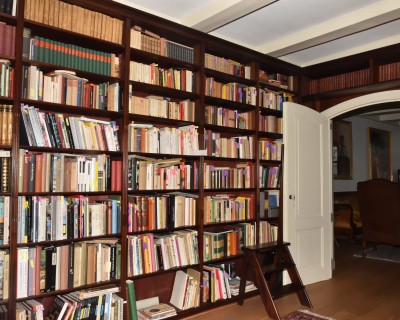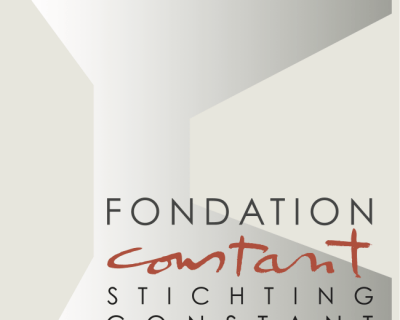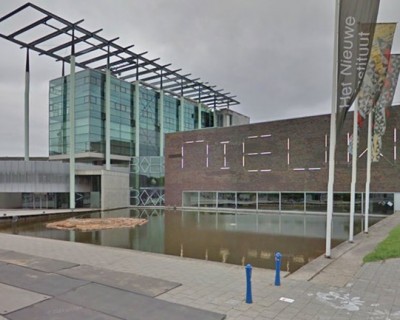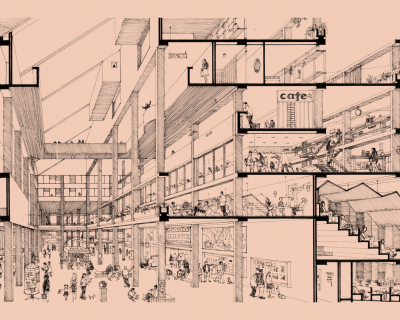Bureau Europa
Location
Genre
In 2006 Bureau Europa was founded as NAI Maastricht, a satellite venue of the former Netherlands Architecture Institute (NAI) in Rotterdam. Since 2013, the organization operates independently as Bureau Europa, a platform for architecture and design. Bureau Europa is located in the well-known Timmerfabriek in the Maastricht Sphinxkwartier. Since a few years, this old industrial part of the town has been heavily redeveloped. It has been brought closer to the city center and currently acts as a vital playing field where the institute feels right at home.
Bureau Europa presents the exhibition Love in a Mist. The exhibition investigates the quest to control female fertility and natural growth, its detrimental effects on living in the 21st century, and the space for female agency and world improvement, as created by women for women.
Image
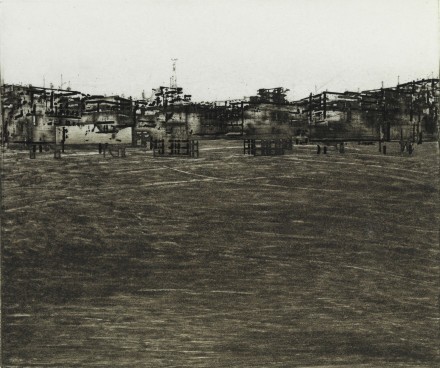
Description
Image
Description
Image
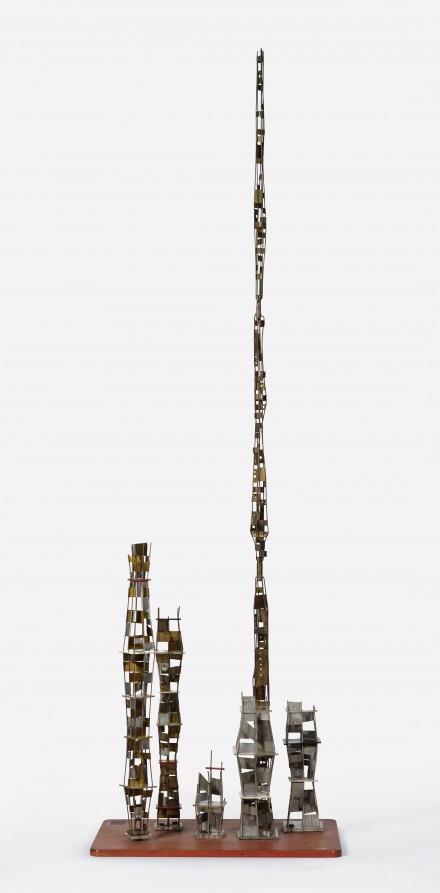
Description
Image
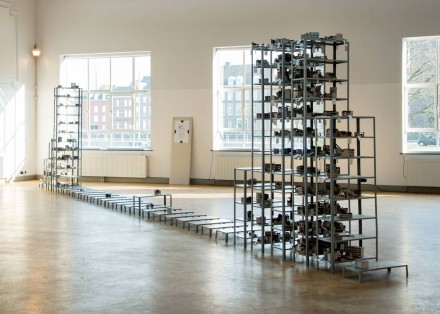
Description
Image

Description
Image

Description
Image
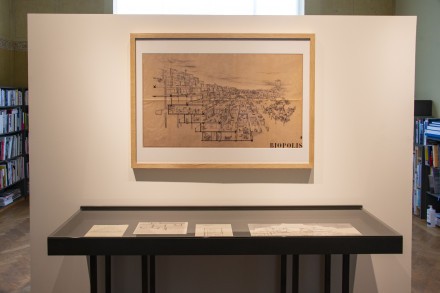
Description
Image
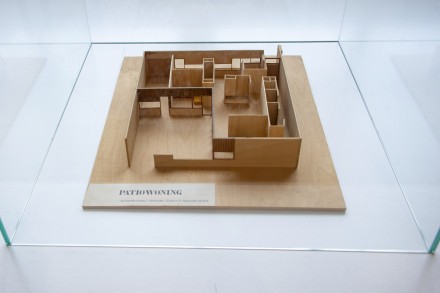
Description
Image
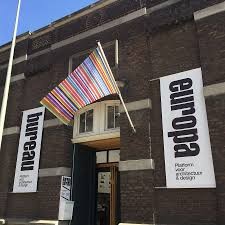
Description
Discourse
As a presentation platform and network organization, Bureau Europa presents exhibitions, lectures, workshops, city tours, and other discourse-based activities in the field of architecture, urbanism, and design. From a societal perspective, Bureau Europa aims to advance knowledge production and talent development and operate within the realm of cultural significance. They articulate these aims in cultural projects at their institute and within the public domain. Bureau Europa’s focus is primarily on the common social agenda of Europe and the Maas-Rhine Euroregion.
Bureau Europa’s programme seeks to activate and extend analysis about the designed environment, and they initiate collaborations and projects to convey narratives about their cities and surroundings. The topics they address include, amongst others, the structure of information, interiority and the city, food production, security and dissemination, the future of work, the history and migration of crafts (in relation to resource scarcity and technological acceleration) and new economies and old borders.
Constant
Bureau Europa interprets and presents architecture in the broadest sense. Oftentimes, the focus is on all the various forms of design: from the architecture of social structures to the food we eat and the clothes we wear; from the impact of old crafts on modern interior and landscape design to how the organization of digital structures or politics of fertility work through in our day-to-day affairs.
This broad concept of architecture, of a ‘designed environment’, also translates to the paper architecture that is more often meant to provoke than to be realized. In the past, Bureau Europa exhibited about unrealised urban planning in Maastricht, about evocative design of new city monuments by the great architects of the past, and, in the near future, about the as of yet unrealised – and perhaps never to be realised – bunkers and safehouses of the doomsday preppers and utopia pilgrims.
A project such as Constant’s New Babylon perfectly ties into the mission that Bureau Europa carries. Although the initial concepts have been reworked into a concrete building project in The Hague nowadays, which interests us for its architectural qualities, the philosophical backdrop of the project fascinates us too. Constant’s visions, originating in the 1960s simultaneously with Hartsuyker’s Biopolis, experiment with the societies of tomorrow, the automatisation of labour, the leisure economy and the future of living and designing. All of this coming together in architectural models, design drawings, art works and, in the end, an actual building constitute an interdisciplinary approach that are significant and inspiring to Bureau Europa and its practices.

